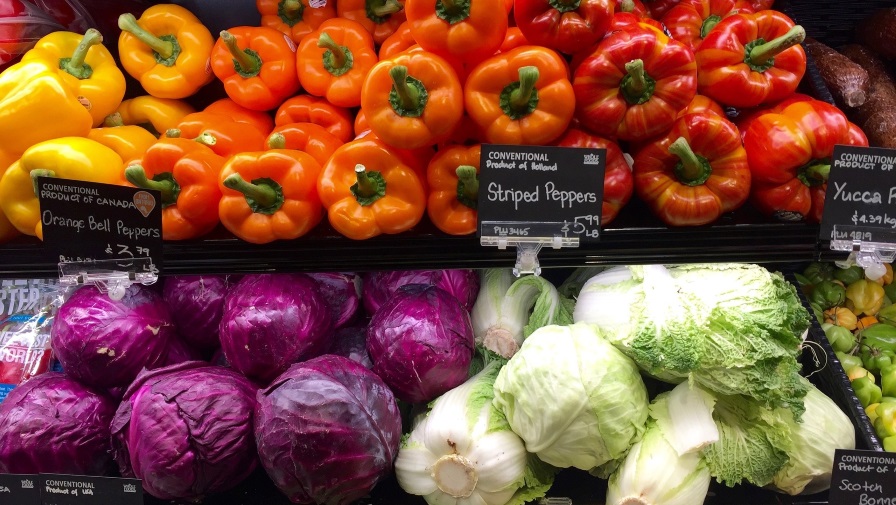Growing High-Quality Cherries
One of the highlights of this year’s International Fruit Tree Association Annual Conference, held in Visalia, CA, in February, was a cherry session featuring some of the best cherry researchers from around the world. Matt Whiting of Washington State University spoke on his work on cherry fruit doubling, a problem for about 7% to 8% of the fruit in Washington. It indicates it is a problem with floral bud differentiation, which occurs in May. High temperatures, over 94°F at this timing, may play a role. Overtree cooling with sprinklers and three applications of Surround (kaolin clay, Tessenderlo Kerley) were evaluated with some success.
Greg Lang of Michigan State University wowed the audience with his “Virtual Cherry Tree” (V-Cherry) computer program. Soon to be publicly released to growers and Extension workers, V-Cherry will let you model a new or existing cherry orchard based on your proposed inputs, and displays in real time the effect of your manipulations.
In the V-Cherry computer program, you input information on the following parameters:
• Cultivar
• Soil type
• Climatic conditions
• Growth in nursery
• Tree start-up manipulations (i.e. pruning and/or bud removal)
• Pruning in later years.
From there, you get quantitative tree growth information based on your actions. You can also see 3-D pictures of the orchard outcomes.
Pruning On Productive Rootstocks
Another notable speaker was Lynn Long of Oregon State University. Long is an expert on pruning cherries on productive rootstocks, specifically Gisela 5, 6, and 12. With extensive experience in pruning these productive cherry rootstocks, Long provided a new four-page color publication to all the attendees: Four Simple Steps to Pruning Cherry Trees on Gisela and Other Productive Rootstocks, 2007 (see sidebar). Known as Publication PNW 592, it’s available at http://extension.oregonstate.edu/catalog, or by e-mail at [email protected].
“Pruning and training trees on productive rootstocks, such as Gisela 5, 6, or 12, requires new techniques that must focus on reducing crop load and increasing vigor,” said Long. “Growers must learn to manage these tress differently than Mazzard rootstock. Mazzard is low on precocity, so we used thinning rather than heading cuts. Gisela stocks have very high precocity, so we must favor heading cuts over thinning cuts to renew fruiting wood every five years. If we do not, fruit quality and size will likely decline,” he said.
Long also pointed out that growers must look for ways to prevent overcropping on Gisela rootstocks, such as pruning, thinning fruit, flower thinning, and chemical flower thinning.
While growers in the Northwest prune in the dormant season, in humid climates such as Michigan and New York, growers must be aware of bacterial canker. To overcome canker while addressing Gisela rootstock needs, Lang prunes the small wood in the dormant season when he has a window of three sunny, low-humidity days forecasted. He does the large wood cuts after harvest using stub cuts.
Moving To High Tunnels
Lang also reported on his work at Michigan State University on high tunnels for cherry production. His goals are to demonstrate how to produce high-quality, locally grown cherries in Michigan while reducing bacterial canker, fruit cracking, and bird damage. Currently there are 38 cultivars under test in the tunnels.
A few observations Lang noted:
• Winds decreased.
• Plastic reduces light to 88% (25% lower light).
• Trees are 24% taller, leaf size is 20% larger (this is a typical shade response).
• Lateral shoots are much greater in the tunnels, filling the space quickly.
• Rainier/Gisela 5 and Rainier/Gisela 6 had half the yield in 2006 due to poor pollination, and had large fruit size and less red blush on the fruit.
• Extenday ground cover increased blush on fruit in 2007.
• Leaving the covers on kept Japanese beetles off.
• Tree health improves as leaves stay healthier, while keeping rain off into the fall resulted in less bacterial canker.
• Bird netting is needed if isolated.










